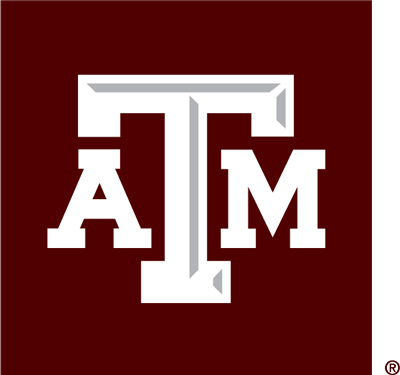
In 2025, the Department of Communication & Journalism will celebrate its 40th anniversary. Prior to 1985, speech communication existed as an emphasis area inside the Department of English. That year, it was founded as a separate unit as the Department of Speech Communication and Theatre Arts with a mission to “give students the knowledge and practical skills to become active citizens in the public sphere and ethical members of a diverse society.” By the end of the 1984-1985 school year, the department had over 100 hundred undergraduate majors.
The graduate program soon followed. In 1990, under the leadership of Kurt Ritter, the department created an M.A. degree focusing on rhetoric and public affairs. In 1998, a PhD program was introduced and the initial emphasis on rhetoric expanded to include health communication, and organizational communication. By 2003, the department added two more undergraduate degrees, a B.A. and B.S. in Telecommunication & Media Studies, and expanded its doctoral program to emphasize media studies. By 2023, the department expanded again, adding Journalism to its name, and launching two more undergraduate degrees, a B.A. and B.S. in Journalism.
Nearly forty years later, the department continues to grow and deepen its impact. With more than 40 faculty, Communication & Journalism enrolls over 1700 undergraduate students across six degrees and nearly 50 graduate students in its M.A. and Ph.D. programs.
Our focus, as it has been from the beginning, is on exposing students to both cutting edge and practical knowledge, encouraging active and engaged citizenship, and learning the communication and journalistic ethics commensurate with a diverse and global society.
